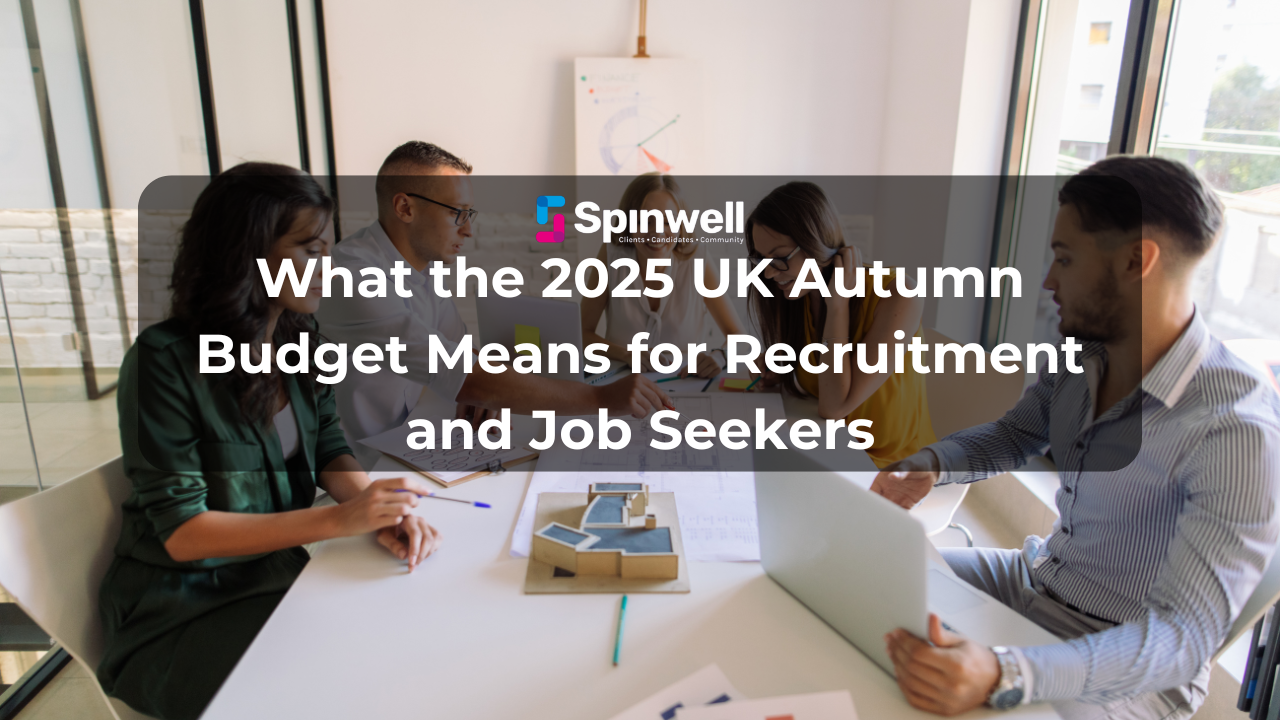

In today’s competitive hiring landscape, finding great candidates isn’t just about attracting active job seekers — it’s about uncovering the passive talent quietly excelling in their current roles. These individuals aren’t applying for jobs, aren’t browsing job boards, and aren’t actively looking… but they might be open to the right opportunity.
And when it comes to identifying passive candidates, LinkedIn remains one of the most powerful tools recruiters have. Here’s how to use it effectively.
1. Use Advanced Search to Narrow the Field
LinkedIn’s advanced search and filters help you uncover profiles that closely match your role requirements — even for people who aren’t actively applying.
Try filtering by:
-
Current role or title
-
Industry
-
Skills
-
Past companies
-
Years of experience
-
Location or willingness to relocate
The more strategic your search, the more likely you’ll uncover strong passive talent.
2. Look for Signs of Career Stability (and Subtle Movement)
Passive candidates often show:
-
Long-tenured roles
-
Steady progression within a company
-
Skills development over time
-
Recent certifications that hint at growth ambitions
Others may show early signs they’re curious about new opportunities, such as recently updating their profile or adding new accomplishments — subtle indicators they might be open to hearing from you.
3. Follow Industry Thought Leaders and Niche Communities
Passive talent often engages in:
-
Commenting on industry posts
-
Sharing thought leadership
-
Participating in groups
-
Posting insights
These interactions help you discover strong candidates who may not appear in traditional searches but are active contributors in their field.
Bonus: Engaging in these same communities builds your visibility as a recruiter.
4. Review ‘Open to Work — but Hidden’ Indicators
Some professionals quietly signal that they’re open to new roles but visible only to recruiters.
This is a goldmine.
LinkedIn Recruiter reveals these candidates to verified users, allowing you to approach people who are open — but discreet.
5. Use Talent Insights to Understand Market Trends
LinkedIn Talent Insights gives recruiters data on:
-
Where talent currently works
-
Companies with high turnover
-
Emerging skill trends
-
Location heat maps
This helps you identify passive talent pools and spot where strong candidates may be more open to new opportunities.
6. Build a Strong Employer Brand on LinkedIn
Passive talent might not reply to the first message — but they will check your company’s:
-
Page
-
Posts
-
Culture
-
Reviews
-
Recruiter profiles
A strong recruiter presence and an appealing employer brand makes passive candidates more likely to respond when you reach out.
7. Personalise Every Outreach Message
Passive candidates don’t want templated messages. They want to feel:
-
Seen
-
Understood
-
Genuinely valued
Reference:
-
A project they worked on
-
A shared connection
-
A recent post they engaged with
-
Skills that stand out in their profile
Personalisation is the difference between being ignored… or starting a conversation.
Final Thoughts
Spotting passive talent on LinkedIn isn’t about casting a wide net — it’s about using insight, personalisation, and strategy to find exceptional individuals who aren’t actively looking but are perfect for the roles you’re hiring for.
With the right approach, LinkedIn becomes not just a sourcing tool, but a relationship-building platform that helps recruiters connect with hidden talent that competitors may never find.
Get in touch with us
NK






